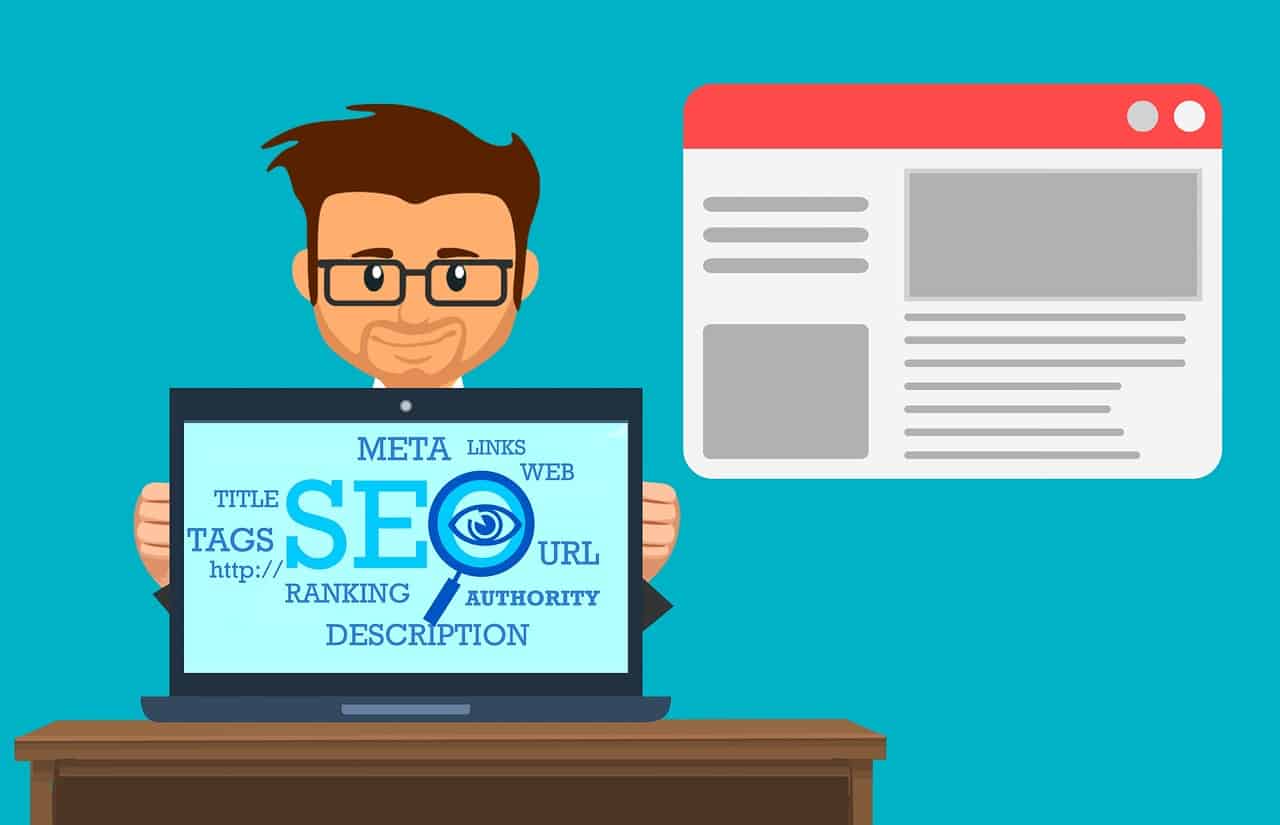User-Generated Content: The Power of Social Marketing in Ecommerce
User-generated content (UGC) has emerged as a powerful tool in the world of social marketing, revolutionizing the way businesses engage with their customers. With the rise of social media platforms and the increasing influence of online communities, harnessing the potential of UGC has become crucial for e-commerce brands looking to build trust, drive conversions, and foster authentic connections with their target audience.
Introduction
In today’s digital landscape, consumers have become more discerning and skeptical of traditional advertising methods. They seek genuine interactions and social proof before making purchasing decisions. This is where UGC comes into play, offering a valuable opportunity for brands to leverage the content created by their own customers to drive engagement, enhance brand loyalty, and boost sales.
Understanding User-Generated Content
Definition of User-Generated Content
User-generated content refers to any form of content, such as reviews, testimonials, social media posts, images, videos, or blog posts, created by consumers rather than the brand itself. It is an organic and authentic representation of customer experiences and opinions.
Benefits of User-Generated Content
The power of UGC lies in its ability to build trust and credibility. When potential customers see real people sharing positive experiences, they are more likely to trust the brand and feel confident in making a purchase. UGC also helps in increasing brand visibility, improving SEO rankings, and fostering a sense of community among customers.
User-Generated Content and Social Marketing
Engaging Customers through Social Media
Social media platforms provide a fertile ground for UGC. Brands can encourage their customers to share their experiences, thoughts, and images related to their products or services. By actively engaging with their audience and reposting UGC, brands can create a sense of community and amplify the reach of their social marketing efforts.
Building Trust and Authenticity
UGC offers a level of authenticity that traditional marketing tactics often lack. Customers perceive UGC as genuine and reliable since it comes directly from their peers. By showcasing UGC on their websites, social media channels, and product pages, brands can build trust, establish social proof, and foster a more personal connection with their customers.
Strategies for Leveraging User-Generated Content
Encouraging Customers to Share their Experiences
Brands can actively encourage their customers to share their experiences through contests, hashtags, and incentives. By creating a sense of excitement and rewarding customers for their contributions, businesses can motivate their audience to create and share UGC, generating a continuous stream of valuable content.
Running Contests and Giveaways
Contests and giveaways provide an excellent opportunity to generate UGC while simultaneously increasing brand awareness. By asking participants to submit content related to the brand, such as photos or videos, businesses can create a buzz and encourage customers to engage with their products or services.
Influencer Collaborations
Partnering with influencers who align with the brand’s values and target audience can greatly amplify the reach and impact of UGC. Influencers can create and share content about the brand, showcasing their experiences and encouraging their followers to do the same. This not only expands the brand’s reach but also adds credibility and authenticity to the UGC.
Tools and Platforms for Managing User-Generated Content
Social Listening Tools
Various social listening tools are available that allow brands to monitor and collect UGC across different social media platforms. These tools provide valuable insights into customer sentiments, preferences, and trends, enabling businesses to make data-driven decisions and engage with their audience more effectively.
Customer Review Platforms
Platforms dedicated to customer reviews, such as Yelp or Trustpilot, offer opportunities for businesses to collect and showcase UGC. By actively monitoring and responding to customer reviews, brands can address concerns, build customer trust, and use positive reviews as social proof to attract new customers.
Overcoming Challenges with User-Generated Content
Managing Negative Feedback
While UGC can be overwhelmingly positive, brands may also face negative feedback or criticism from customers. It is crucial to handle such situations with care, promptly addressing concerns and offering solutions. By turning negative experiences into positive ones, brands can showcase their commitment to customer satisfaction and turn dissatisfied customers into brand advocates.
Maintaining Brand Consistency
With UGC, maintaining brand consistency can be a challenge as content is created by customers with varying levels of creativity and quality. However, by providing clear guidelines and examples of desired content, brands can guide their customers in creating UGC that aligns with their brand image, ensuring consistency while still embracing the authenticity of customer-generated content.
Case Studies: Successful User-Generated Content Campaigns
Company A: Harnessing the Power of Hashtags
Company A successfully launched a UGC campaign by creating a branded hashtag and encouraging their customers to share their experiences using that hashtag. This not only generated a significant amount of UGC but also helped in building a community around the brand, expanding their reach, and driving customer engagement.
Company B: Creating a Community
Company B focused on creating a dedicated online community where customers could interact, share their experiences, and provide feedback. By fostering a sense of belonging and encouraging UGC within the community, the brand established strong relationships with its customers and gained valuable insights for product improvements.
Measuring the Impact of User-Generated Content
Key Metrics to Track
To measure the impact of UGC, brands can track various metrics, such as engagement rates, website traffic, conversions, and customer sentiment. By analyzing these metrics, businesses can assess the effectiveness of their UGC strategies, identify areas for improvement, and make data-driven decisions to optimize their social marketing efforts.
Analyzing Customer Insights
UGC provides a wealth of customer insights that can help businesses better understand their target audience. By analyzing the content, sentiment, and preferences expressed in UGC, brands can gain valuable information about customer needs, preferences, and pain points, allowing them to tailor their marketing strategies accordingly.
Conclusion
In the ever-evolving world of e-commerce, user-generated content has emerged as a powerful tool for social marketing. By harnessing the authenticity and trust that UGC brings, brands can engage their customers, build communities, and drive conversions. However, it is important to implement effective strategies, overcome challenges, and measure the impact of UGC to ensure a successful social marketing campaign.
FAQs
Q1. How can user-generated content benefit my e-commerce business?
User-generated content can benefit your e-commerce business in multiple ways. It helps build trust and authenticity, increases brand visibility, fosters a sense of community, and drives conversions by providing social proof and engaging customers.
Q2. How can I encourage my customers to create and share user-generated content?
You can encourage your customers to create and share UGC by running contests, using branded hashtags, offering incentives or rewards, collaborating with influencers, and creating a positive and engaging customer experience.
Q3. What are some common challenges associated with user-generated content?
Common challenges with user-generated content include managing negative feedback, maintaining brand consistency, and dealing with varying content quality. However, with proper strategies and guidelines, these challenges can be overcome effectively.
Q4. How can I measure the impact of user-generated content on my business?
To measure the impact of user-generated content, track metrics such as engagement rates, website traffic, conversions, and customer sentiment. Analyzing these metrics will help you evaluate the effectiveness of your UGC strategies and make informed decisions.
Q5. What role does social media play in leveraging user-generated content?
Social media platforms provide an ideal environment for leveraging user-generated content. They offer opportunities to engage with customers, amplify the reach of UGC, and build a community around your brand. Utilizing social media effectively can significantly enhance the impact of your UGC efforts.










